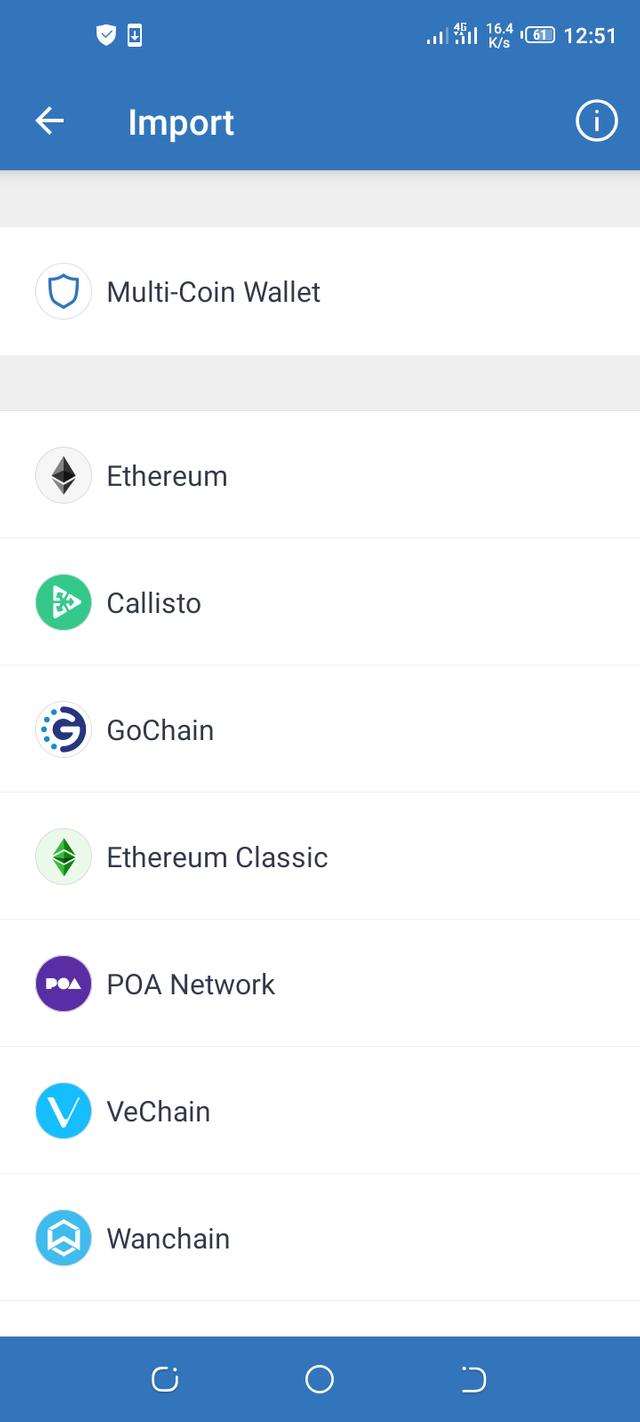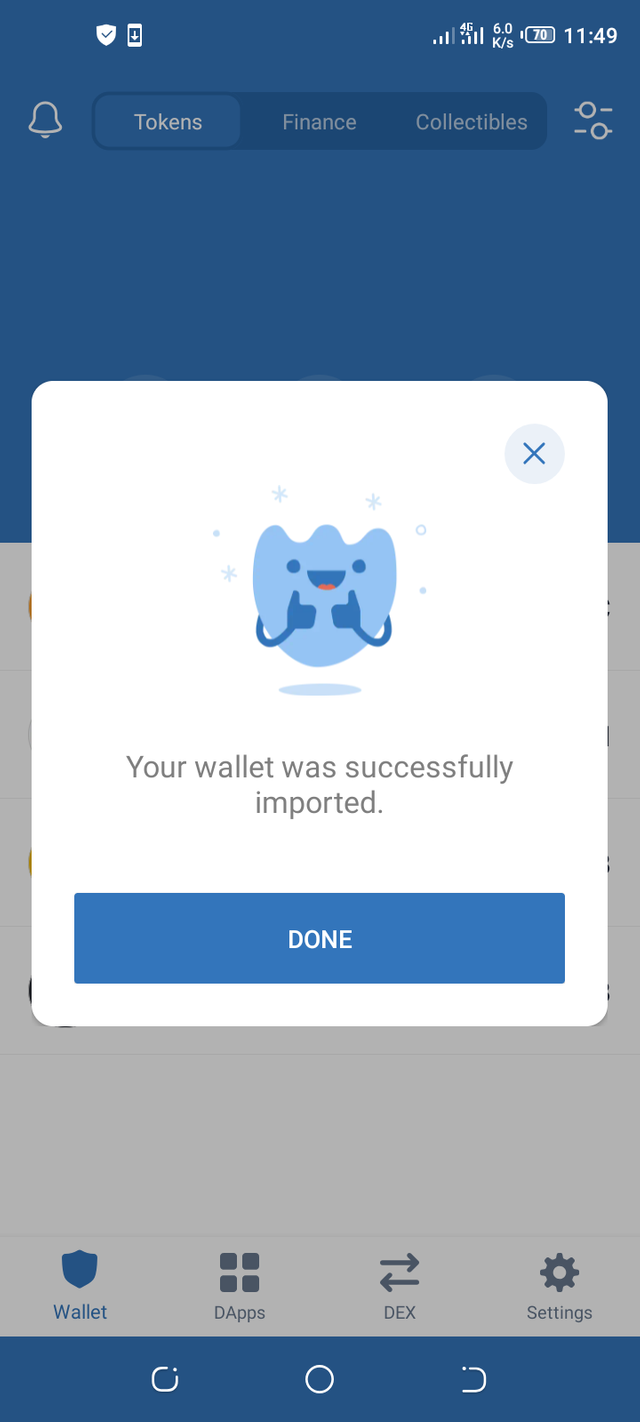Steemit Crypto Academy - Chapter 4 - Homework Post for @sapwood

Steemit Crypto Academy
Course Topic: Blockchain Wallet - Chapter-4
Professor: @Sapwood
Hello awesome people, how is everyone doing, hope everyone is doing great. Really excited to be part of this amazing crypto lecture and to partake on the courses. This is great as it not only adds value to the community, it also helps us improve our knowledge on blockchain and crypto. This week’s topic covers Blockchain Wallet… we all know that as far as crypto is concerned, wallets are the most important aspects of cryptocurrency.
Before we delve into the main topic for today which is Multichain non-costodial wallets, I will like to first talk about blockchain wallets and what they are, so as to give a base for the main topic…
What is a blockchain wallet?
In my opinion, blockchain/crypto wallets are basically gateway to your assets (cryptocurrency – coins or tokens) on the blockchain, they allow you interact with the blockchain network. We all know that cryptocurrency lives on the blockchain which means all the assets are stored there on the blockchain. A crypto wallet basically provides you with a user interface or platform or gateway to access your assets that is stored on the blockchain. These wallets give you total control of your assets by providing you with the private keys which means that you own your assets and it cannot be taken away from you as far as your keys are secured. Blockchain wallets can be classified into 5 types namely;
- Web Wallets
- Mobile Wallets
- Desktop Wallets
- Paper Wallets
- Hardware Wallets
Web Wallets
This is basically the most common type of wallets. Most likely, this is the type of wallet that people get to know about when they first get into crypto as it is the easiest to come across and use right away. Web wallets are also known as hot wallets simply because they are online always. This means that you can assess this wallets anywhere using a simple web browser with internet connection. While this is probably the easiest to use and more convenient because it is online as can be assessed anywhere with any device with browser and internet connection – it is also considered as the least secure because of the fact that it is always online and can be prone to attacks. However, a lot of web wallets also give you control over your private keys meaning that you have complete control of your assets. A typical example of a web wallet is myetherwallet which is one of the most popular web wallets for ethereum and ethereum-based tokens and assets.
Mobile Wallets
This is another very popular type of wallet because a lot of people own smartphones/mobile devices and one of my favorite type of wallets. A mobile wallet basically does the same thing as everyother wallet including the online web wallet, but the only difference is that it is installed as a mobile application on your mobile device and not on the web. This is considered as more secure than the web wallet because it doesn’t live on any server but locally on your mobile device. Most mobile wallets provide you with your crypto private keys which gives you total control of your assets. A perfect example of a mobile wallet is Trust Wallet etc.
Desktop Wallets
This is another very popular type wallet but not as common as the above two simply because desktop wallets require a computer to be installed. Desktop wallets much like mobile wallets are considered very secure and are available in most operating systems such as Windows, Mac and Linux. Similar to mobile wallets, you need to install desktop wallets on your computer in order to have access to them. They also provide you with private keys, giving you full control of your crypto assets. They are not on any server like the online web wallets which means that it is a lot more secure and once your keys are kept safe, you are all good. A perfect example of a desktop wallet is Exodus wallet etc.
Paper Wallets
This is type of wallets is considered as the most secure compared to the above wallet types. However, they are not that common like the above because they are a bit more technical to understand at first and also requires the user to be really careful. It is more secure that the other types above but a bit more risky because your keys are printed on a piece of paper and visible to anyone who comes in contact with that printed paper. They are considered the second most secure wallet type because they do not connect to the internet and cannot be attacked… once you keep that printed paper safe, your assets are fully secure.
Hardware Wallets
These are considered the king of wallets because they are the most secure wallet to store crypto assets. They are like paper wallets in terms of security but without the visible keys. Hardware wallets like the name says are a piece of hardware that is usually handy in size made specifically for storing crypto assets. The popular ones are Trezor and Ledger hardware wallets. Why this is considered more secure than the paper wallets is because your keys are encoded inside the chips in the hardware that only you can have access to, combined with the fact that It does not connect to the internet, making it the most secure wallet type. This are considered the best wallet type for storing assets for long term. Depending on the hardware wallet maker, some hardware wallets come with a screen to make it easier to set up. To make use of a hardware wallet, you have to connect it with web gateway to assess your assets on the blockchain using your keys.
Now we are done with understanding what the various wallet types are, let’s delve into what a Multichain wallet…
What is a Multichain Wallet
Like the name says, multi which means multiple. A multichain wallet is basically a type of wallet that can be found in most of the wallet types – used to store multiple crypto assets. It basically means any wallet that supports the storage of multiple crypto assets like bitcoin, ethereum, litecoin, tron, etc all in one wallet interface. This is great for storing multiple crypto assets all in one place rather than having multiple wallets to store various assets. There are two types of multichain wallet – the custodial wallets and non-custodial wallets.
Custodial wallets are mainly wallets on centralized exchanges or wallets where your keys are held by third party… you don’t have control of your keys and thereby put your trust on the exchange to keep your assets safe.
Non-custodial wallets are more secure and function like the other types of wallets I mentioned above. Non-custodial wallets give you full control of your assets by providing you with private keys of all your assets. Some Non-custodial wallets provide you with a single seed phrase that contain all your private keys of all your assets… giving you full control of your keys and assets. A typical example of a Non-custodial wallet is Trust Wallet on mobile or Atomic Wallet on mobile and computer. Most hardware wallets are non-custodial wallets as well.
I will be focusing mainly on non-custodial wallets because it is the most secure type of multichain wallet. I will be utilizing two of my favourite multichain wallets for demonstration. I will be making use of trust wallet and atomic wallet for android.
Example of a Multichain Wallet - Atomic Wallet
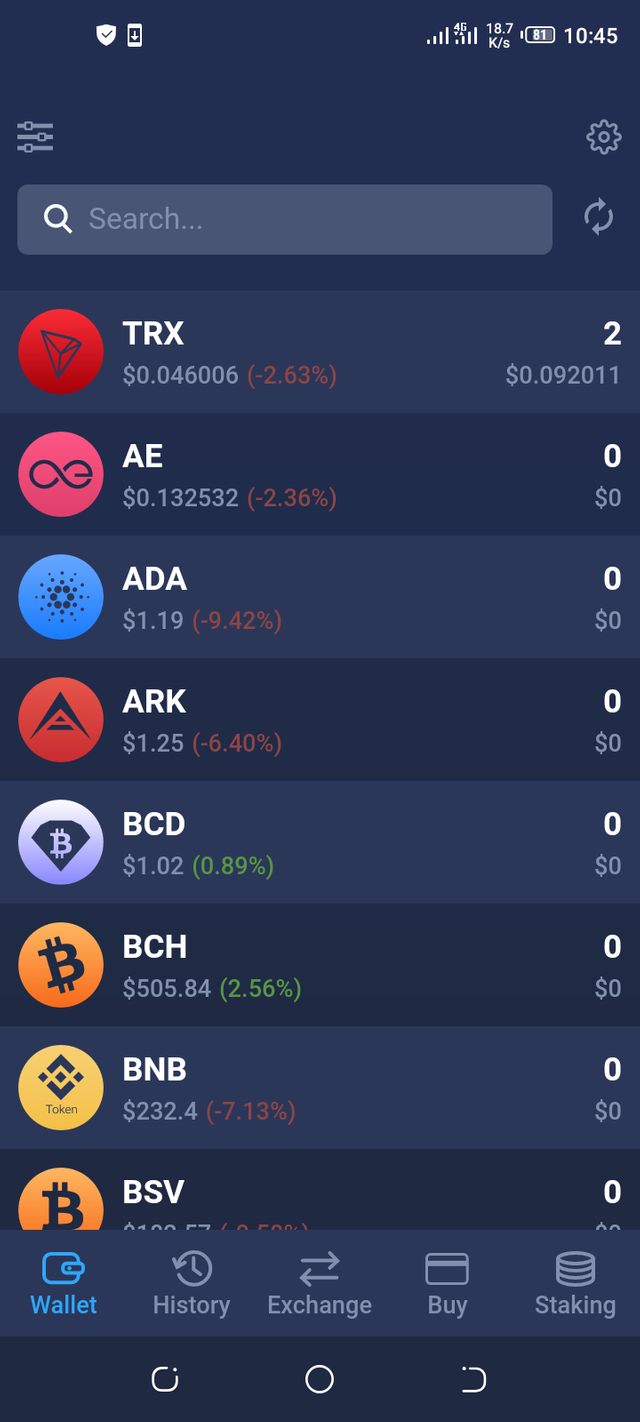
Trust Wallet and Atomic Wallet for Mobile
These for me are two amazing multichain wallets because of their simplicity and ease of use while being highly effective and efficient. One thing I really like about these wallets is the layout and user interface. They are easy wallets to use in my opinion. Navigation is super smooth and things are well placed and easy to find.
How many cryptocurrency does atomic wallet and trust wallet support?
Atomic wallet supports a wide range of cryptocurrencies, supporting over 300 cryptocurrencies. Trust wallet supports 40 blockchains and over 160k assets. This is amazing because a lot of the popular cryptocurrencies are supported, making it a safe place to store your multiple crypto assets.
How to back up the seed phrase (Mnemonic key)
This is the most important thing to do whenever you install a new wallet on your device. The seed phase or the Mnemonic key holds your private keys and gives you total control of your crypto assets. With this seed phrase or Mnemonic key, you can restore your assets in another device at any time. That seed phrase or Mnemonic key is so powerful that it can also be restored on another wallet entirely that supports that seed phrase type or Mnemonic key type. All you need to do is, install the wallet on another device or the same device and restore your keys and assets using the backed up seed phrase or Mnemonic key.
- For Atomic Wallet, Go to settings
- Click on Private Keys
- Input your password
- Click on 12-word backup
- You will find your 12-word key phrase
- Backup and Keep it safe
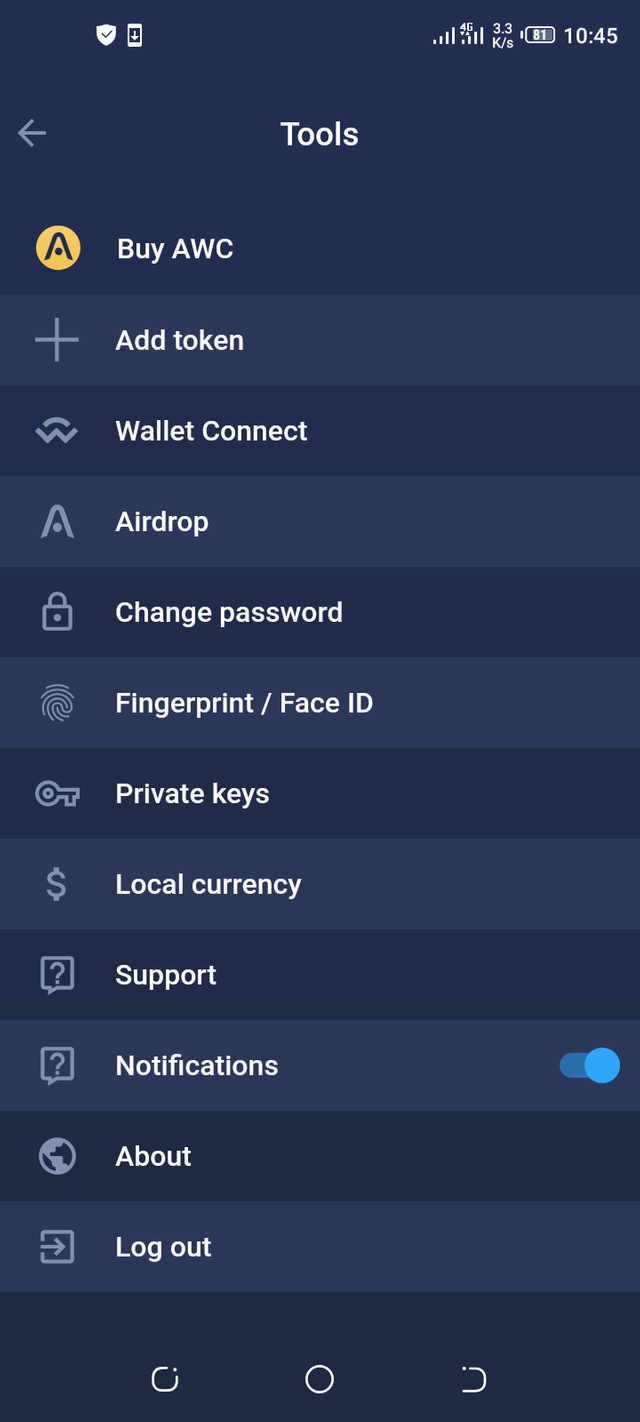
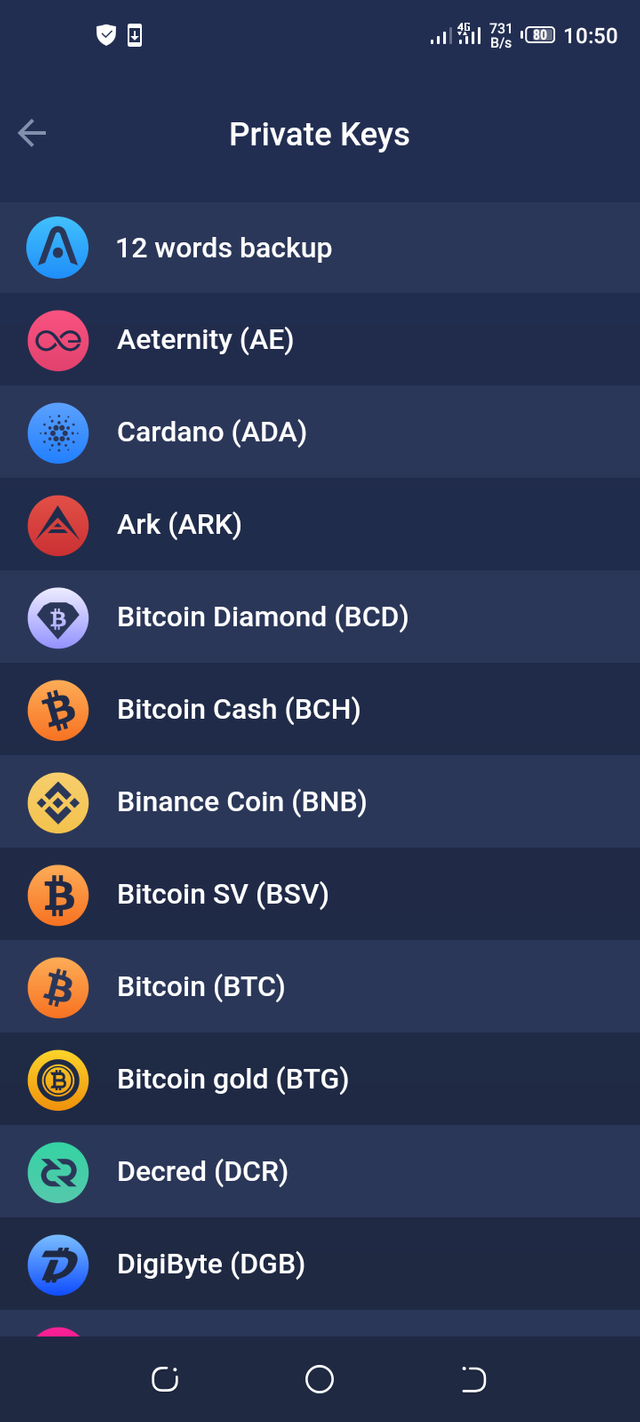
How do I restore wallet in a fresh installation? – Using Atomic Wallet
This is quite simple and straight forward to do and is pretty similar to most wallets… to demonstrate this, I will be using atomic wallet for mobile…
- Once you are done with the installation of the atomic wallet on the device.
- Open the wallet and you will be greeted with a screen that prompts you to create a new wallet or restore from backup.
- Click on restore from backup
- The next screen will be where you will input your 12-word seed phrase that you backed up already
- After that, click restore and you will be prompted to set your new password
- Next will be to confirm your new password
- Done, You are all set.
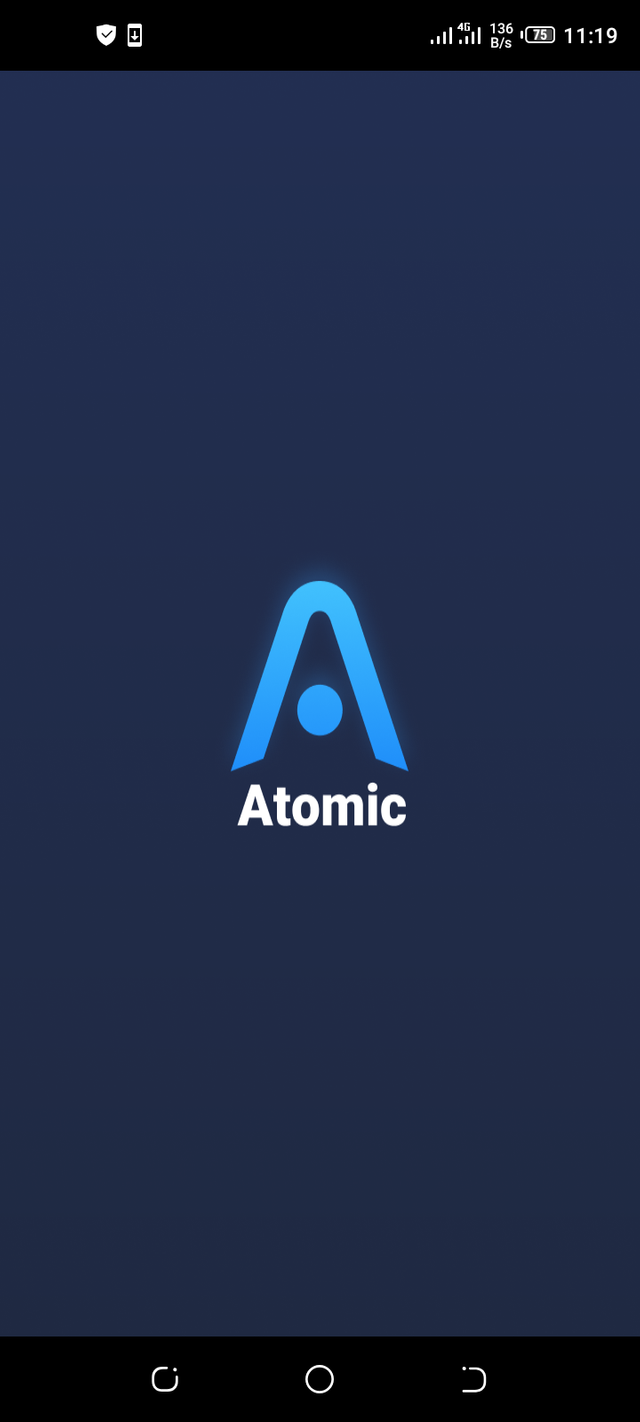
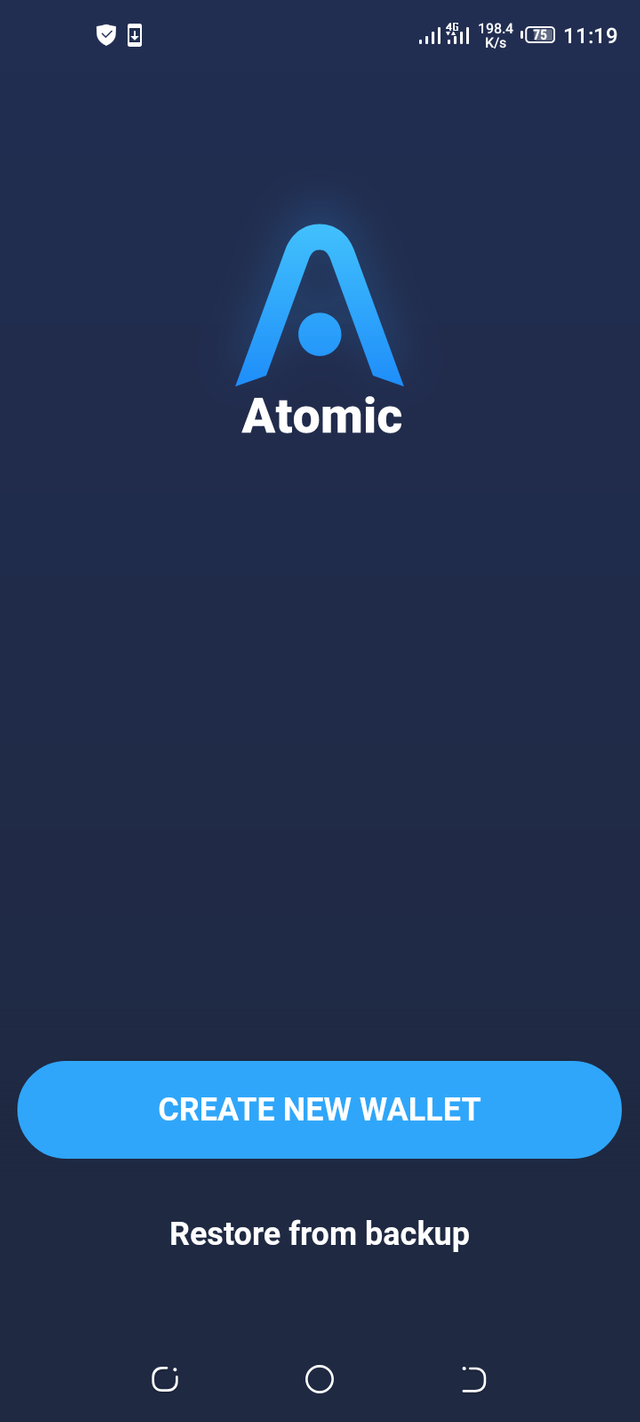
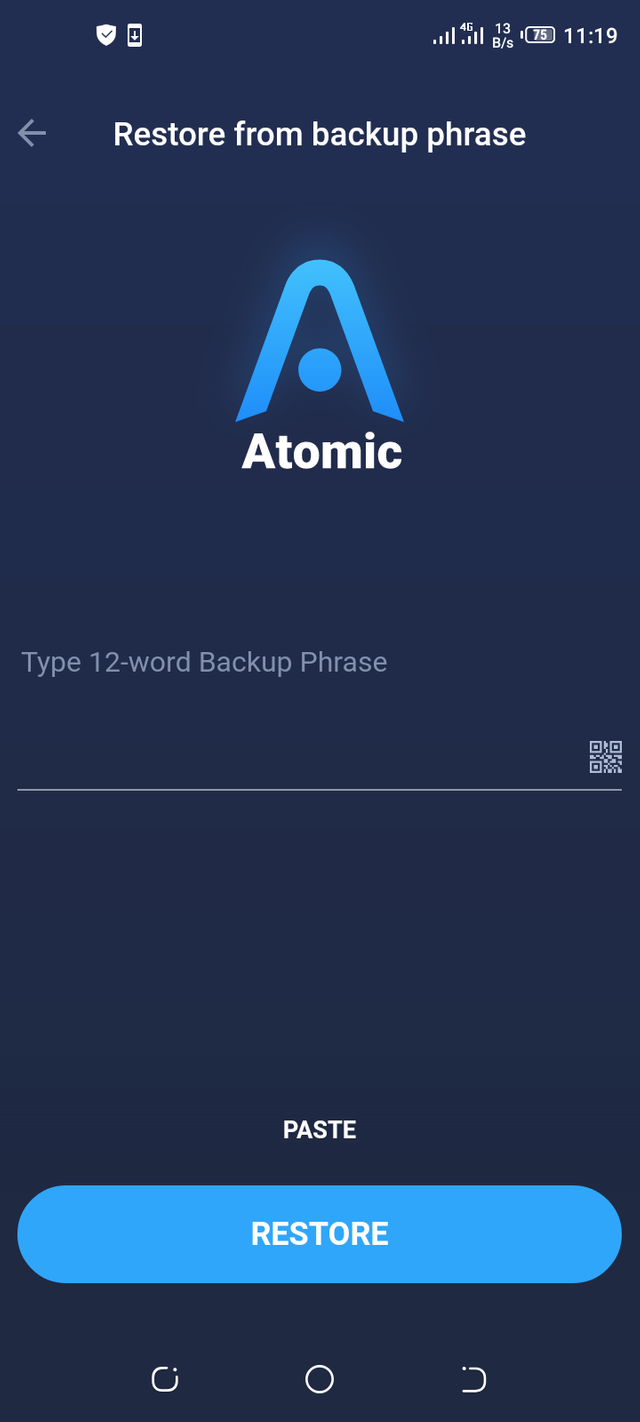
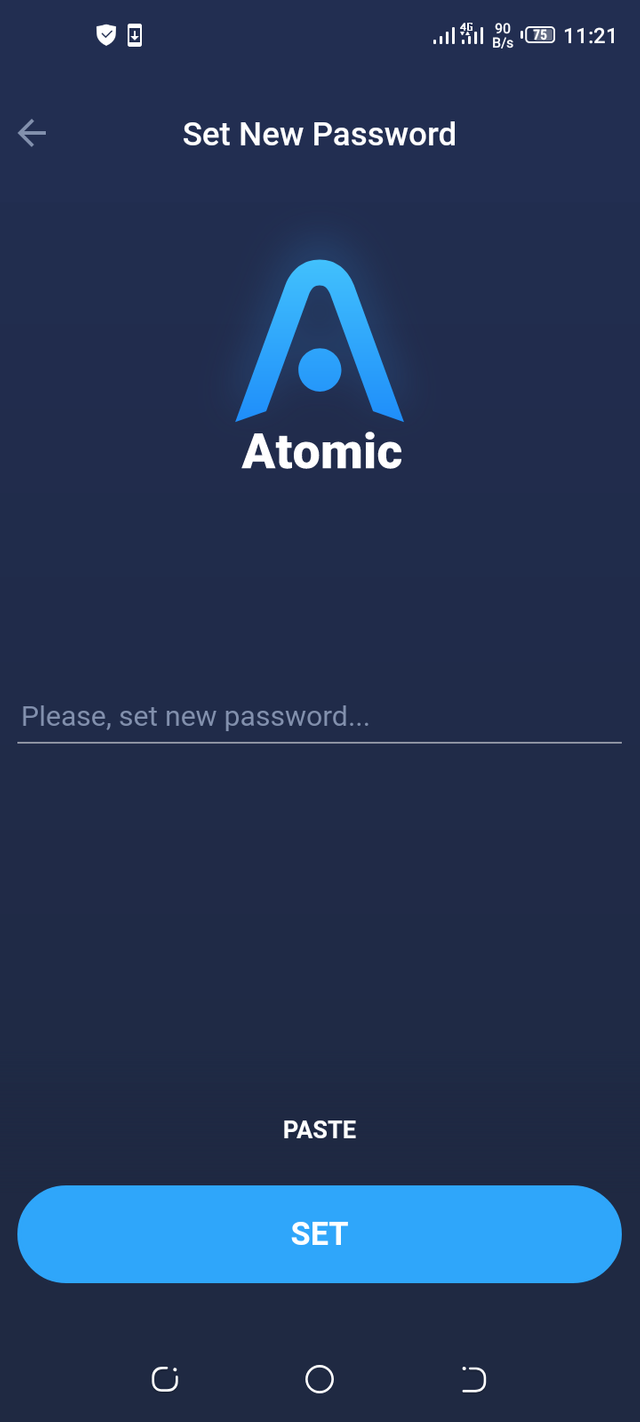
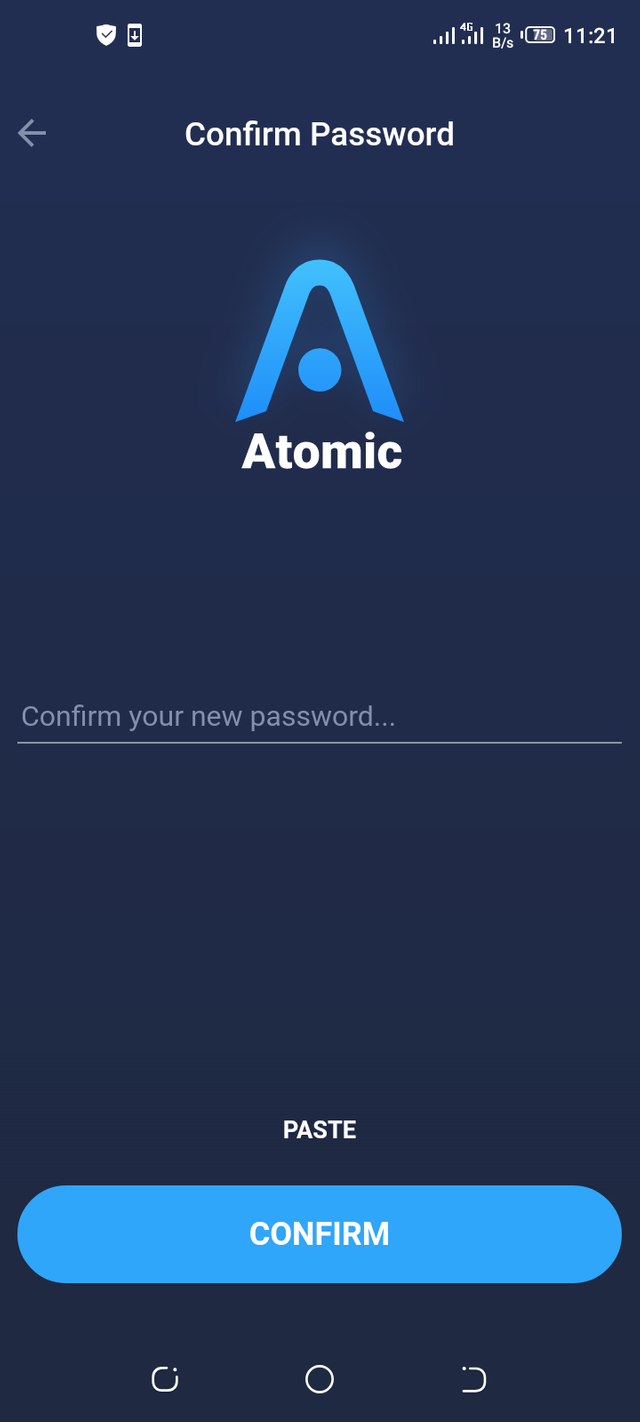
How to import a new coin in another wallet using the private key? – Using Trust wallet
I will be using Trust Wallet for this… similar to atomic wallet, the process is very straight forward and simple.
- Go to settings
- Click on Wallets
- Click on the Plus (+) sign at the top right
- The next screen prompts you to click on create a new wallet or I already have a wallet
- In this case, click on I already have a wallet
- The next screen shows you a list of coins you can add
- Click on the coin you want to add
- The next screen shows you whether to import the coin using either Seed Phrase or Private Key or Addresses
- Choose private key and input the private key of the coin you want to import
- Click on import
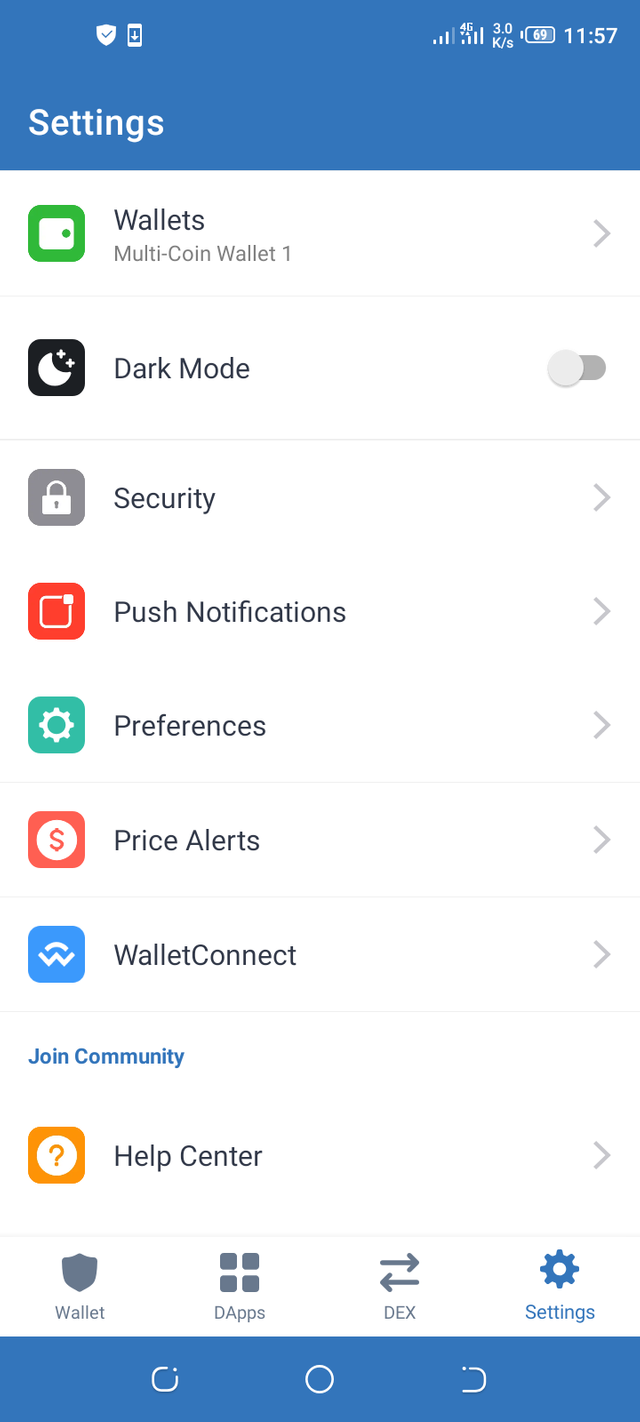
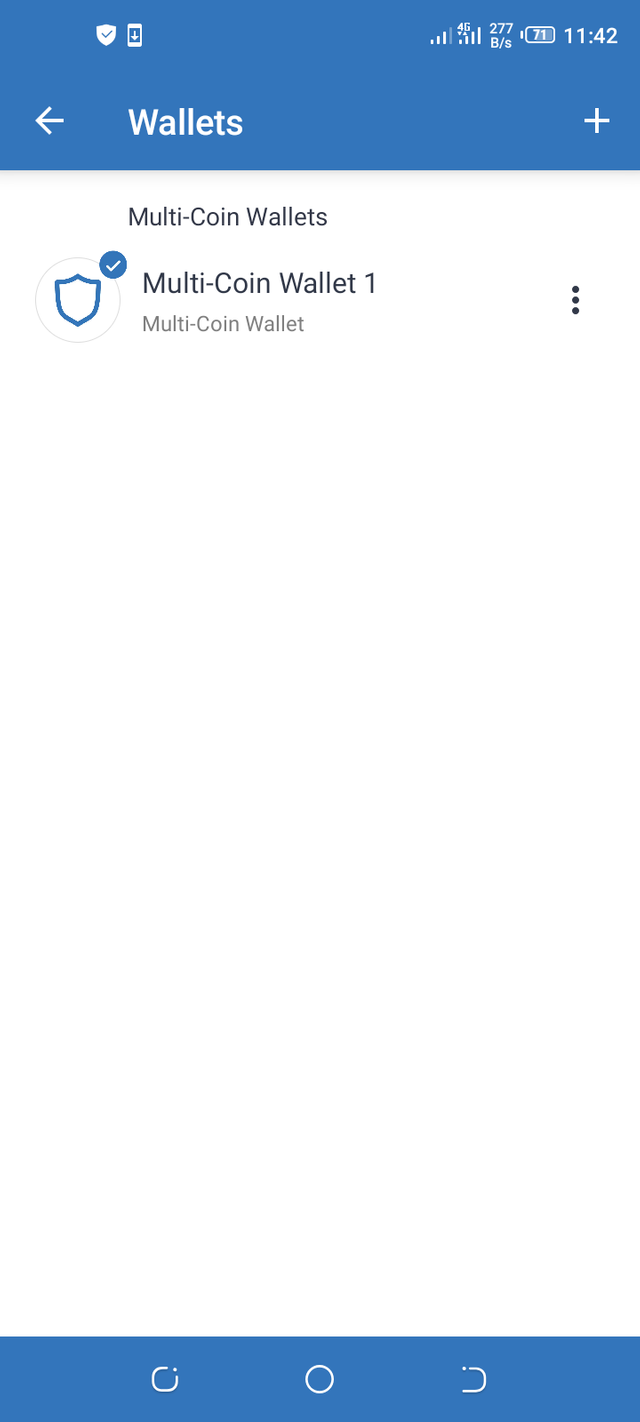
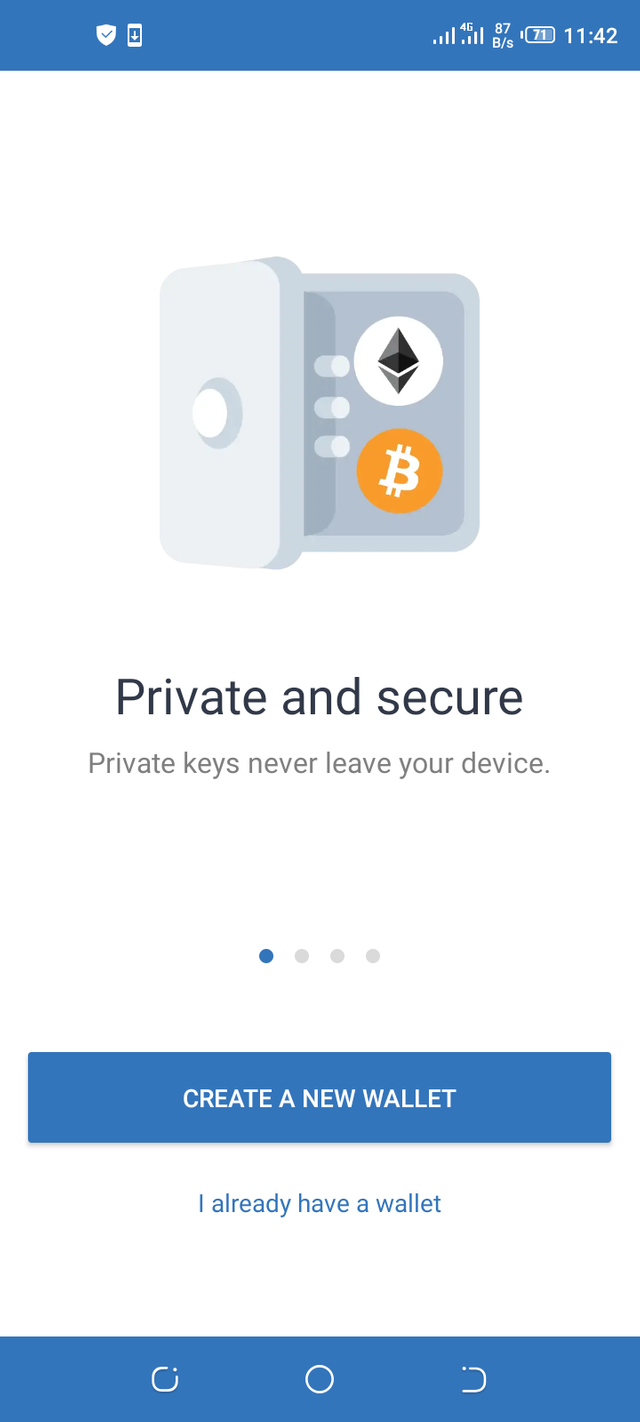
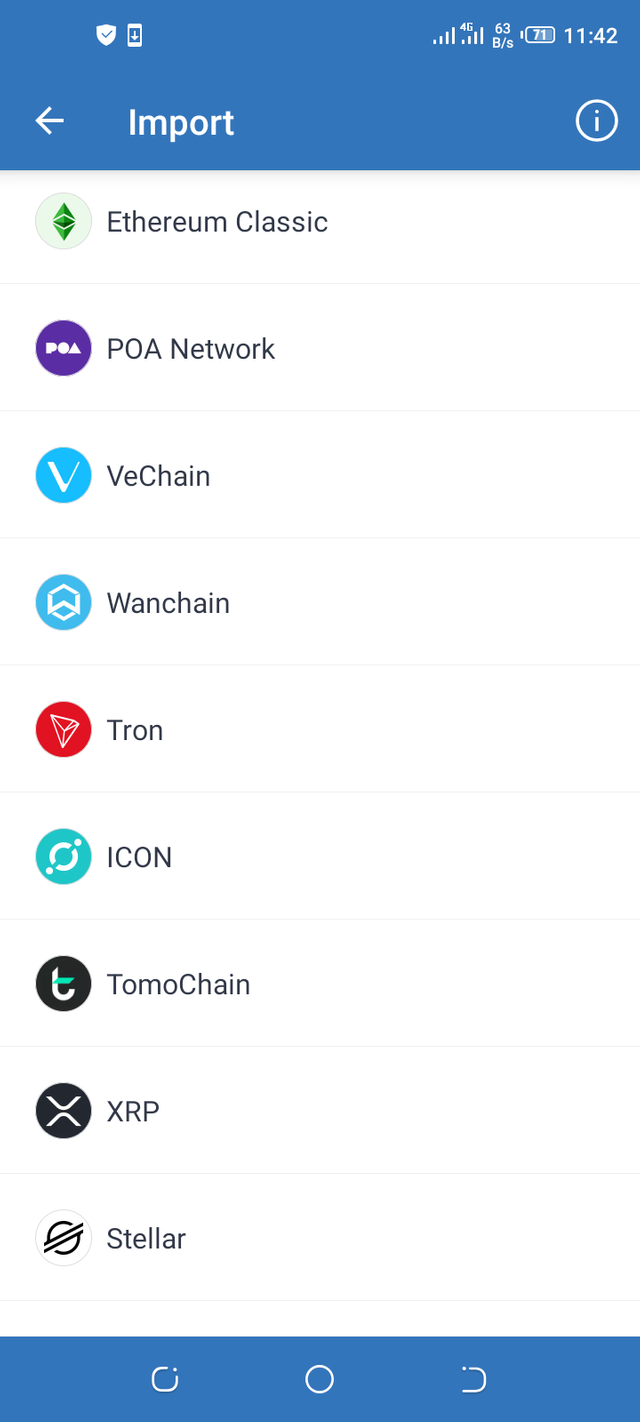
How to import a different Multichain wallet into another multichain wallet (Trust Wallet) using the seed key?
This is also very simple and straight forward to do. This is very similar to how you import coin into another wallet using private key…
- Go to settings
- Click on Wallets
- Click on the Plus (+) sign at the top right
- The next screen prompts you to click on create a new wallet or I already have a wallet
- In this case, click on I already have a wallet
- The next screen shows you Multi-Coin Wallet
- Click on multi-coin wallet
- The next screen shows you where to input your seed phrase
- After you are done typing your seed phrase, Click on the Import button



